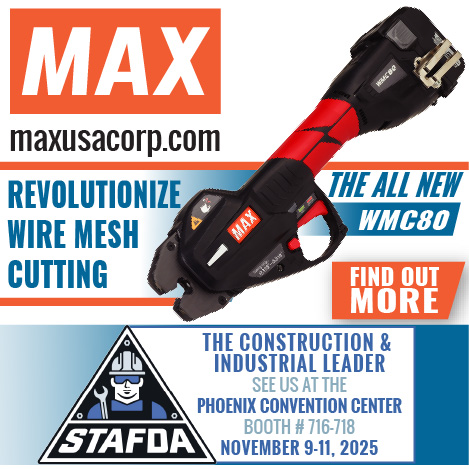OSHA to 15,000 U.S. Employers: Ready or Not, Here We Come
Wave of safety inspections expected soon.
In early March 2010, the Occupational Safety and Health Administration (OSHA) sent a letter to approximately 15,000 U.S. employers who had reported higher rates of and more severe workplace injuries than the national average in their respective industries. In most cases, the employers had DART rates (rates of injuries and illnesses resulting in days away from work, restricted work activities or job transfers) at twice the national average.
Although OSHA’s letter included an overture of assistance to small employers and noted the availability of safety and health consultation services, the real message was “get your act together because a serious OSHA inspection may be coming your way soon.” Since the Obama administration took control, OSHA has been gearing up for a significant enforcement effort, and this letter is an indication of many of the employers that the agency will target in that effort. In conjunction with sending the letter, the Assistant Secretary of Labor for OSHA, Dr. David Michaels, announced that employers who received this letter “need to take immediate steps to protect their workers,” and the letter itself warned that “OSHA may target . . . workplaces identified in the survey for inspection in the next year.”
It is not unusual for OSHA to assemble annually a list of employers with high injury and illness rates and to conduct Site Specific Targeting inspections of those employers. But the level of enforcement under the new OSHA represents a significant change from the previous administration. Both the number of inspections and the size of enforcement actions are increasing under the Obama administration. In a 2009 speech, Secretary of Labor Hilda Solis pronounced that “there is a new sheriff in town . . . Make no mistake about it, the Department of Labor is back in the enforcement business.” Similarly, speaking at a roundtable in January 2010, Dr. Michaels declared that “OSHA is . . . a regulatory and enforcement agency and we're going to act like it.” And there’s more to this than just a lot of tough talk. The U.S. Department of Labor’s 2010 budget funded 100 new compliance officers, and the 2011 budget asks for $14 million more, proposes to hire even more inspectors and tellingly, requires OSHA to shift many of its staff currently working on compliance assistance programs into enforcement. OSHA has not only increased the size of its enforcement team but has also greatly increased the size of its enforcement actions. In the last year, OSHA has nearly tripled the number of significant cases (citations including fines of $100,000 or more).
Although employers are not required to respond directly to OSHA regarding the letter, employers should nevertheless immediately begin to prepare as though OSHA is going to come knocking tomorrow. Preparing now for the aggressive enforcement threatened by President Obama’s “New OSHA” will not only help minimize the significant liability that employers may otherwise face when OSHA does arrive, but will also make for a safer and more productive workplace in the meantime. Below are three steps employers can and should do now to prepare:
- Conduct a Recordkeeping Audit. Verify that your OSHA 300 Log is up to date and accurately reflects all reportable injuries and illnesses. Cross-check other records relating to injuries and illnesses (e.g., incident reports, first aid records, medical records and workers’ compensation claims) against your OSHA 300 Log.
- Validate Your Safety and Health Program. Verify that your written safety and health program is current and accurately reflects what is happening in the field. Ensure that you have conducted and documented all training required by the OSHA Standards or provided for in your written safety and health program.
- Inspect Your Workplace for Hazards. When the OSHA team arrives at your workplace, multiple sets of trained eyes will be scrutinizing every nook and cranny of your establishment for conditions presenting safety and health hazards and violations of OSHA Standards. Some may be obvious, some less so. Take the time now to do your own diligent wall-to-wall walkthrough, correct all of the obvious issues that OSHA will easily find (and conclude that you also should have easily found and corrected before they did), and take a fresh look at whether there are less obvious but significant safety and/or industrial hygiene/exposure issues that you should be better addressing.
By James A. Lastowka & Eric J. Conn, McDermott Will & Emery LLP
















